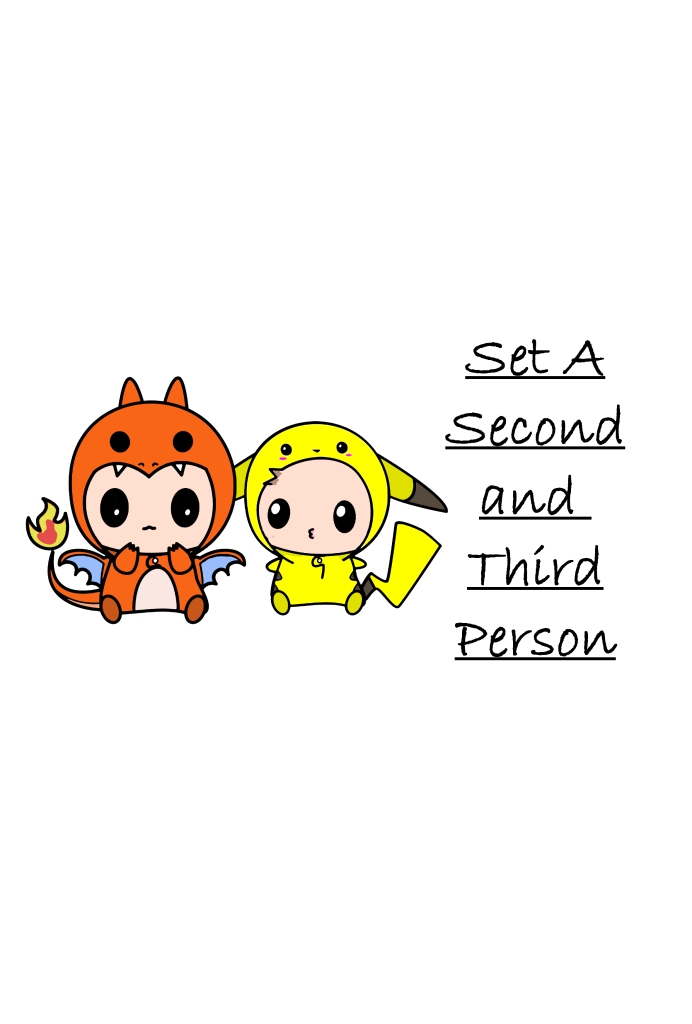
Second Person, Singular:
h – before vowels, hi – before consonants.
hiwoniha = hi – pronominal prefix, woniha – speaking. hiwoniha means you are speaking
hega = h – pronoun prefix, ega – go. hega means you are going/you go.
Second Person, Dual:
sd – before vowels, sdi – before consonants.
sdiwoniha = sdi – pronominal prefix, woniha – speaking. sdiwoniha means you two are speaking.
sdega = sd – pronoun prefix, ega – go. sdega means you two are going/you two go.
Remember dual means exactly two.
Second Person, Plural:
its – (ij – ) before vowels, itsi – (iji – ) before consonants.
itsiwoniha = itsi – pronominal prefix, woniha – speaking. itsiwoniha means you all are speaking. This can also be seen as ijiwoniha.
itsega = its – pronoun prefix, ega – go. itsega means you all are going. This can also be seen as ijega.
Third Person, Singular:
g – / a – before vowels, ga – / nothing (sometimes it can be seen as an ‘x’) before consonants.
gawoniha = ga – pronominal prefix, woniha – speaking. gawoniha means he / she are speaking
ega = – pronoun prefix, ega – go. ega means she / he are going/she / he go. ega can also be seen as xega to indicate there is a prefix that has been deleted.
There is no third person dual or plural.
Try to put these action verbs in context using Set A Second and Third Person Pronoun Prefixes:
dayasdiha – stretch danasini – crawl
litadega – jump ʔi – walk
nelohvsga – play dawoʔs – swim/bathe
gow(a)(h)tiha